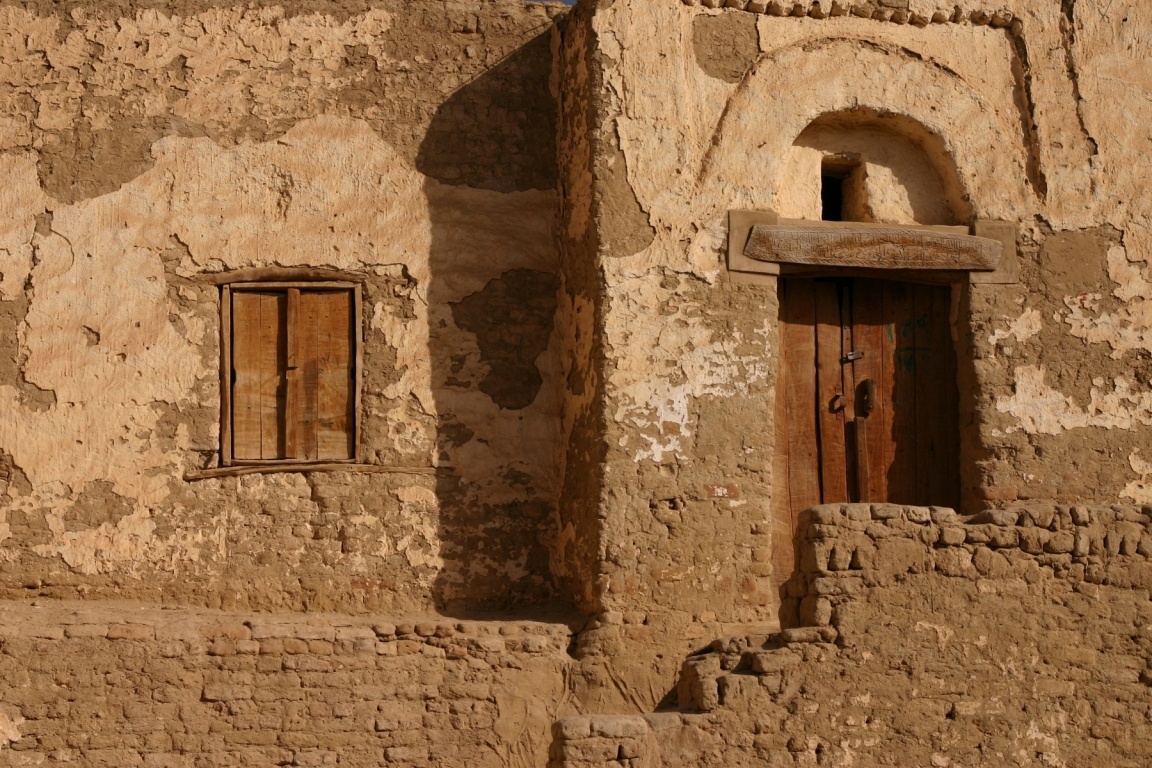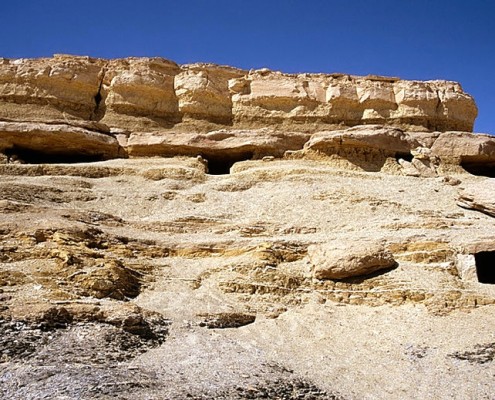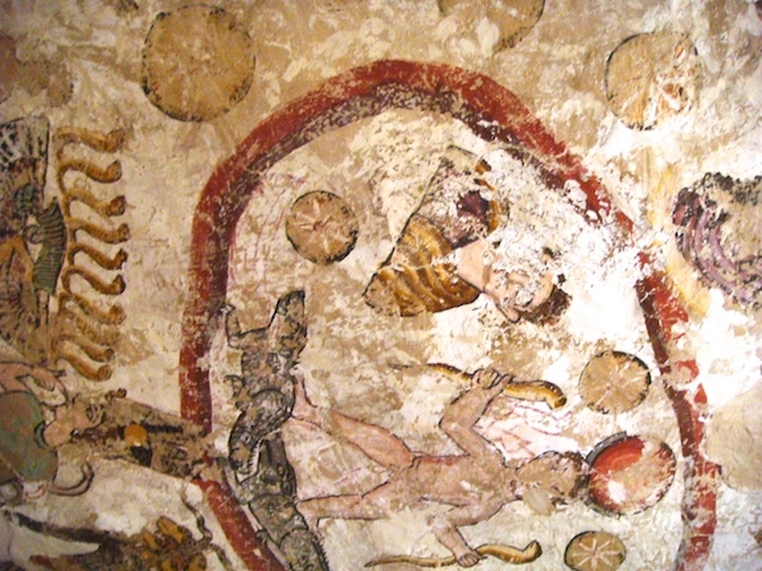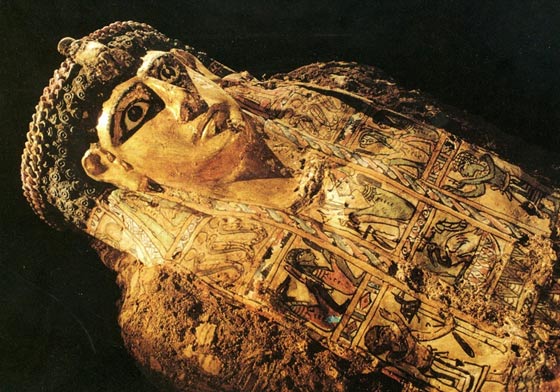Check Availability
Western Desert Program
Starting From:
N/A$
Bahareya Oasis
View the embedded image gallery online at:
https://egypttailormade.net/en/egypt-packages/adventure-packages/western-desert-program.html#sigProId4babb54901
https://egypttailormade.net/en/egypt-packages/adventure-packages/western-desert-program.html#sigProId4babb54901
Tour Description
Discover the combination of Egypt's Great Civilization and Magnificent Nature in the western desert oases and enjoy the amazing landscapes there, watching the impressive sky full of stars while camping in an area was created millions of years ago.
Including:
- Egyptologist tour guide.
- Air Conditioned vehicle.
- 4×4 Jeep Safari Car.
- All pick up and drop off.
- All Day Tours
- Tax
Accommodation:
- 1 night at ...* hotel with Breakfast in Bahareya Oasis
- 1 night camping at the Black Desert "Full Board" with all required stuff.
- 1 night at ...* hotel with Breakfast in Dakhla Oasis.
- 1 night at ...* hotel with Breakfast in Kharga Oasis.
Excluding:
- Entrance fees
- Meals&Drinks during Tours
- Tipping
- Anything not mentioned above
1
Bahariya Oasis:
At 7.00 am our Egypt Tailor Made tour guide will pick you up in an air conditioned vehicle from your hotel in Cairo to go in "around 4hours" driving trip" about 360 km to Bahariya Oasis , we will stop in the middle of our way at a rest house for a little bit to get refreshed and have something to eat or drink, then we will proceed towards the oasis. Upon arrival “around 11.30 am” we will change the vehicle by 4× 4 safari car and meet our local Bedouin guide who lead us in a tour in the local city ,visit the Salt Lake, the Palm tree Gardens ,swim in one of the warm springs like "Bir el Ghaba hot spring" in the oasis , witness the Pyramid Mountain "Jebel el-Dist" while the ever changing play of light across its texture and material during the different hours of the day has inspired another name, “Magic Mountain”. In this area the skeletons of the 2 biggest dinosaurs were discovered. Also you can enjoy a Camel Ride in this area if you wish and taking some photos with this beautiful creatures. Ending our tour by visiting the English Mountain where we can see the remains of the Britain Fortress since the World War I during the colonial period in Egypt. After that going back to hotel to stay overnight at Bahariya oasis.2
The Black Desert-The White Desert "Camping":
At the morning after breakfast ,you will be picked up by 4× 4 safari car accompanied by our Egypt Tailor Made tour guide and meet our local Bedouin guide who lead us to the main attractions of the desert starting with the Sand Dunes area where you will stop to take some photos above one of the Dunes which its height can reach up to 50 meters, then we will continue our way until we stop in the black desert territory where you will see a sandy mountain covered with black stones and minerals like coal and iron ,it's called "El Marsos Mountain" . We will take some photos to the area which was created by the actions of the volcanoes which are dating back to the pre historic period, afternoon we will continue our way to "El Haiz village" where we will have lunch and take some rest. "Also you can buy some Bedouin handmade style souvenirs”. Then, we will get back to the vehicle to witness el "Agabat" area which consists of limestone hills and magnificent sculptures. Its name means "obstacles" as in ancient times it took 3 days to cross this area by camel Before the sunset we will head to the White Desert. Upon entering the area you will feel that you are walking on the moon surface as you will see the white sand looks like snow and the different limestone rocks all over the area resembling a variety of Human heads, chicken and Mushroom shapes, and plants forms. They were created by the act of the harsh wind in this area. You will stay in the area for awhile to capture some photos and watch the sunset. The surface's color of the area is changing with the change of the light of the day time from orange to ink to purple and during the moon light time you will feel that you are standing a snowy area as the scenery of white sand is so similar to the snow within this time. We will take some photos around the sunset time. Then we will get back to the Black Desert for camping. On our way back to the black desert we will stop at the place of the Crystal Mountain where you will see the mountain consisting of stones looking like glass and you will find mysterious inscriptions that worth to take some photos for it. Also you will find the tracks of the desert foxes on the sand which are living around this area. Then we will go back to the Black Desert area where we will camp overnight While the Bedouins prepare the Barbeque dinner, you will sit on an open air pavilion around a fire circle watching a magnificent scenery of the sky full of stars, observing the shooting stars and smoking hookah if you want. It's scenery you will not forget forever. After the dinner you will taste the great Bedouin tea, sitting for awhile observing this magical area, then going to sleep in a tent overnight.3
Farafra Oasis-Dakhla Oasis:
Getting up before the sunrise, wandering around the area and taking photos from the summit of one of the dunes or mountains to the sunrise when the sun rises between the mountains which looks like volcanoes. Then we will have breakfast and after that packing all our camping stuff in order to get ready to leave the area. You will be picked up in the 4×4 Safari car towards Dakhla Oasis "around 360 km-4 to 5 Hrs. driving", In the middle of our way after 50 km we will stop at Farfra Oasis and we visit the small town which is a maze of remains of old mud-brick houses ,Take a walk about this medieval town to take in hundreds of years of history and we witness Qasr el Farafra " which is Remains of old Roman Fortress was originally built to guard this part of the desert caravan route. Then going to visit Badr's Museum who is a native Artist from Farafra ,the museum takes the design of the Farafra traditional house and shows all his works from Sculptures ,Sand Painting and Oils and Water Colors ,then going to see the Hot Springs in this area like "Bir Sitta or Well number 6". Then Moving to Dakhla (around 280km) and upon arrival we visit the village of Mut one of the largest and most important villages in Dakhla which is probably named after the goddess Mut, consort of the supreme god Amon. It has 2 sections , the modern one where the inhabitants live and the old sections which is the historic and touristic section It has winding streets around old mud-brick houses dating back to the Roman period. Then we will stop for having lunch. Then continue our tour to Qasr el Dakhla Village where we find the Ayubbid Nasr el Din mosque and the house of Abu el Nafir providing examples of traditional Islamic buildings and also it's built on the site of an ancient Egyptian temple as you will see some hieroglyphic inscriptions on the walls Then moving on to the Necropolis of el Muzawwaqa where we find hundreds of tombs dating back to about 2000 years, There are two famous tombs which are the tomb of Petosiris and the tomb of Petubastis and both tombs have finely preserved wall paintings. Beside this cemetery is Deir el Haggar or "the Stone Monastery", is a sandstone temple on the western edge of Dakhla Oasis. The temple of Deir el-Hagar represents one of the most complete Roman monuments in Dakhla Oasis .Dedicated mainly to the Theban Triad and to god Thoth, construction of the temple began during the reign of the Roman Emperor Nero , whose cartouche can be seen in the sanctuary .It has also some Roman emperors' cartouches inscribed on its walls. After that ending the tour and you will be transferred to hotel to check in, having dinner and stay overnight in the hotel in Dakhla osis.4
Kharga Oasis:
At the morning, after breakfast, checking out the hotel and continue our journey among the western desert oases by leaving Dakhla and heading to Kharga Oasis "around 200 km-2.30 Hrs. driving" . Upon arrival to Kharga we will visit the Kharga museum of Antiquities which contains different monuments, object and artifacts from ancient Egyptian ,Greco Roman, Coptic, and Islamic periods .For example: You will find funerary collections dating back to the Pharaonic era, collection of masks, wooden sarcophagi and mummified bird and animals dating back to the Greco Roman era ,Crosses of metal and Coptic writings from the Coptic era, and weapons, decorative elements, and Quranic verses from the Islamic period .The museum brings back to life the human culture that thrived in the deserts of Egypt. It is built from local bricks to echo the style of early Christian architecture seen at Bagawat. Then heading to The Cemetery of Bagawat, one of the best preserved old Christian cemeteries in the world, the necropolis is a mixture of pit burials and Chapels and there are two chapels in particular having a well preserved decorations and scenes, the first: Chapel of Exodus which is decorated with scenes from old testament including Adam & Eve, Noah's Ark, and Moses in Sinai, the second one is Chapel of Peace shows also Biblical scenes decorated with vines and peacock. After that proceeding to visit the Temple of Hibis .It is situated in a palm-grove where it dominates the desert road about 2km north of el-Kharga and is the largest and best-preserved temple of its period in the oasis. .It's a sandstone building dedicated to the Holy Theban triad God Amon-Ra, his consort goddess Mut and their son god Khunso. This temple is considered of significant importance as it represents different stages of the Egyptian history. The Pharonic, Persian, Ptolemaic, and Roman eras are well reflected in this ancient beautiful temple. Then we will stop for having lunch. Moving on to visit another site dating back to the Roman period which is Nadura Temple, The remains of the temple were once enclosed within a Roman fortification are strategically perched high on a hilltop about 1 km north-east of the center of Kharga's town. It is believed that the temple was built by the Romans either during the rule of Antoninus Pius or Hadrian. The temple is much in ruin, but there are paintings of female musicians playing percussion instruments. The temple may have been dedicated to the spouse of Amun. From the top of the hill there are spectacular views over the Oasis with the monuments of Hibis Temple and el-Bagawat cemetery clearly seen in the distance. Ending our tour with witnessing the site of Qasr el Ghueita, which means (the Fort of the small garden), It's located on a top of a hill also, and like the other sites it contains a temple too. The fortress which dominates the hilltop at Qasr el-Ghueita may once have served as a headquarters for the garrisons of Roman troops who guarded the desert routes and numerous mud brick buildings are contained within the high fortified walls. The yellow sandstone temple within the Roman walls is dedicated to the Theban triad of Amon, Mut and Khonso, and is entered through a sandstone gate on the southern side of the enclosure walls. After this amazing tour through the Egyptian civilization you will be transferred to hotel to check in, having dinner and stay overnight in Kharga oasis.5
Luxor :
At the morning, after breakfast, checking out the hotel, then you will be picked up by the 4× 4 safari car heading towards Luxor "around 400 km-4 or 5 Hrs. driving" . Upon arrival to Luxor you will be transferred to your Hotel or Nile Cruise to check in.| Double | Solo |
|---|---|
| N/A | N/A |






